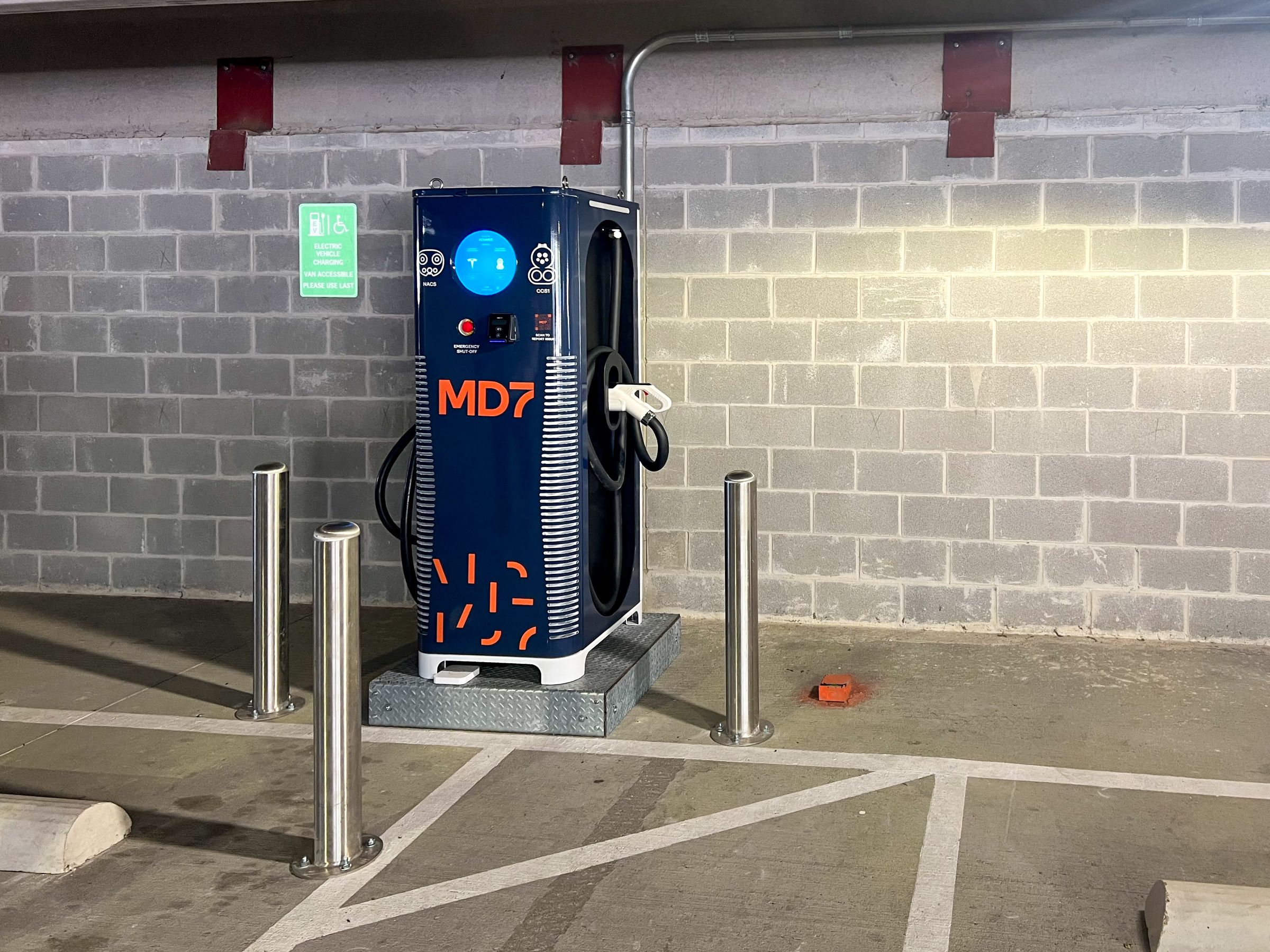The Metaverse is Coming to Your Car
Having been in the telecommunications industry for two decades, I am struck by how much the EV charging industry parallels the early stages of mobile network infrastructure build-out. Although it is clear that an array of antennas and the associated radio base station equipment are different from an EV charging station, there are vast similarities. Both are hardware assets that need to be connected to a network for multiple purposes, including data collection, usage authorization, and payment collection. They need to be physically installed, connected to power, and the power usage needs to be tracked.
The wireless carriers are working to build out the networks we depend on to connect people and to propel the metaverse with virtual reality and augmented reality applications. These applications will include performing surgeries and training for sports. Through virtual reality applications, engineers and designers can see and touch their creations from all sides. Even the metaverse is helping to build itself more strategically as network engineers find the exact optimum positioning of radios on buildings by using virtual models.
Autonomous and electric vehicles are where the metaverse and our physical world collide. Virtual reality will come to business meetings and entertainment enjoyed from the comfort of AV and EV passenger seats. Just as terabytes of additional capacity will be required for VR applications and autonomous driving, electricity availability and capacity will be necessary to keep our EV wheels turning. As we meet our EV goals as a nation and as a world, drivers will need charging stations to be as abundant as gas stations.
Keeping this in mind, here are my predictions for 2023.
#1: FIBER AND EV CHARGING STATIONS WILL BEGIN TO FOLLOW SIMILAR PATHS.
This is because the charging stations need network access for their location, advertising and entertainment apps. Drivers waiting to charge their cars will want the bandwidth for their business and personal apps – including entering the metaverse. In addition, digging up the street multiple times for fiber and electric cables just isn’t practical.
#2: THE PROCESS OF PLANNING AND BUILDING CELL SITES AND EV CHARGING STATIONS WILL BECOME MORE SIMPLIFIED AND STREAMLINED TO FULFILL THE CARRIERS’ BANDWIDTH GOALS.
Software that uses machine learning, such as MD7’s LiveTrack™, will help accomplish this. We initially used this proprietary software for cell sites. We have found that it makes planning for EV stations extremely efficient as well.
#3: EV CHARGING STATIONS WILL MORE THAN DOUBLE IN THE US
From 6,000 [1] to more than 15,000 by the end of 2023, quite needed to sustain the increase in EVs on the road. Beyond 2023 charging stations will, eventually, be as prolific as gas stations.
#4: EV MANAGEMENT SOFTWARE AND APPLICATIONS WILL EXPLODE.
All newer vehicles are connected devices but EVs are especially. Just as we saw a wave in maintenance management applications that can be used by dealerships (predictive maintenance offerings), and car rental companies (tracking the use of the vehicle), the same will be used for EVs, and we will see the birth of new management applications.
This article was originally published on The Fast Mode on November 7th, 2022.



